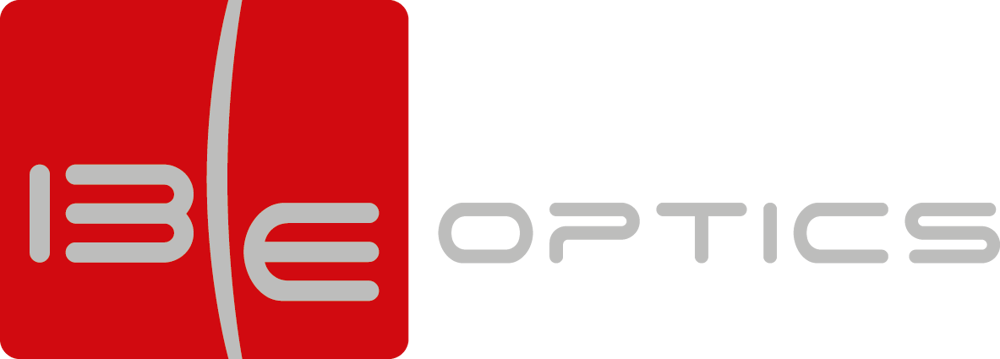Industry & automotive
Micro Part Vision System
The task was to realize a 0,7 second cycle time for the Micro Part Vision System.
The surface inspection system with its twelve test stations allows the complete visual control of the inner and outer side of the tested parts for surface defects. This system is Individually adjustable and inspects the parts’ evenness, concentricity, cylindricity, height and its diameter. This data is automatically transferred via lighting computer to the OS-control system. This high precision surface control system has been designed as an ultra-flexible rotary indexing table. A high-speed SPS along with a master computer control, six intelligent cameras, a BV- based computer program, three additional cameras as well as the rotary indexing table with pneumatic capturing. The supply as well as the subsequent sorting is fully automatic.
Client: PLANSEE










Telecentric Darkfield System
Telecentric Darkfield System to check for surface defects on 300 mm wafers. Customized optical system setup for wafer testing machine, 300 mm.












Lens design for blind spot detection
IB/E optics was tasked with the project to create a three‒lens system for less than ten Euros per series. Among others, the company’s specification requirements included low level of distortion and a maximum field angle of 126°. After several approaches, a three‒lens system with a diffractive surface was chosen and realized through an injection‒compression process.
With regards to the coating, numerous variants were examined and tested. The system only works within the NIR‒range and features an opening of 1:2.4 with a distortion level of less than two percent at 126°.
Client: Siemens VDO Automotive












Super wide 160° FOV for MEKRA
The job was rather difficult. MEKRA LANG AG, a traditional automotive vendor, wanted to get rid of the big mirrors for trucks.
Several experts from electronics, optics (IB/E optics) and mechanics came together to try out what is possible. This was in early 2002 for those who wonder. IB/E designed a hybrid lens consisting of one glass and four plastic aspheres, one with a diffractive surface to get rid of the temperature drift plastic has. The lens had to be rather small to fit into a gas filled housing, waterproof IP65.
Client: MekraLang




















